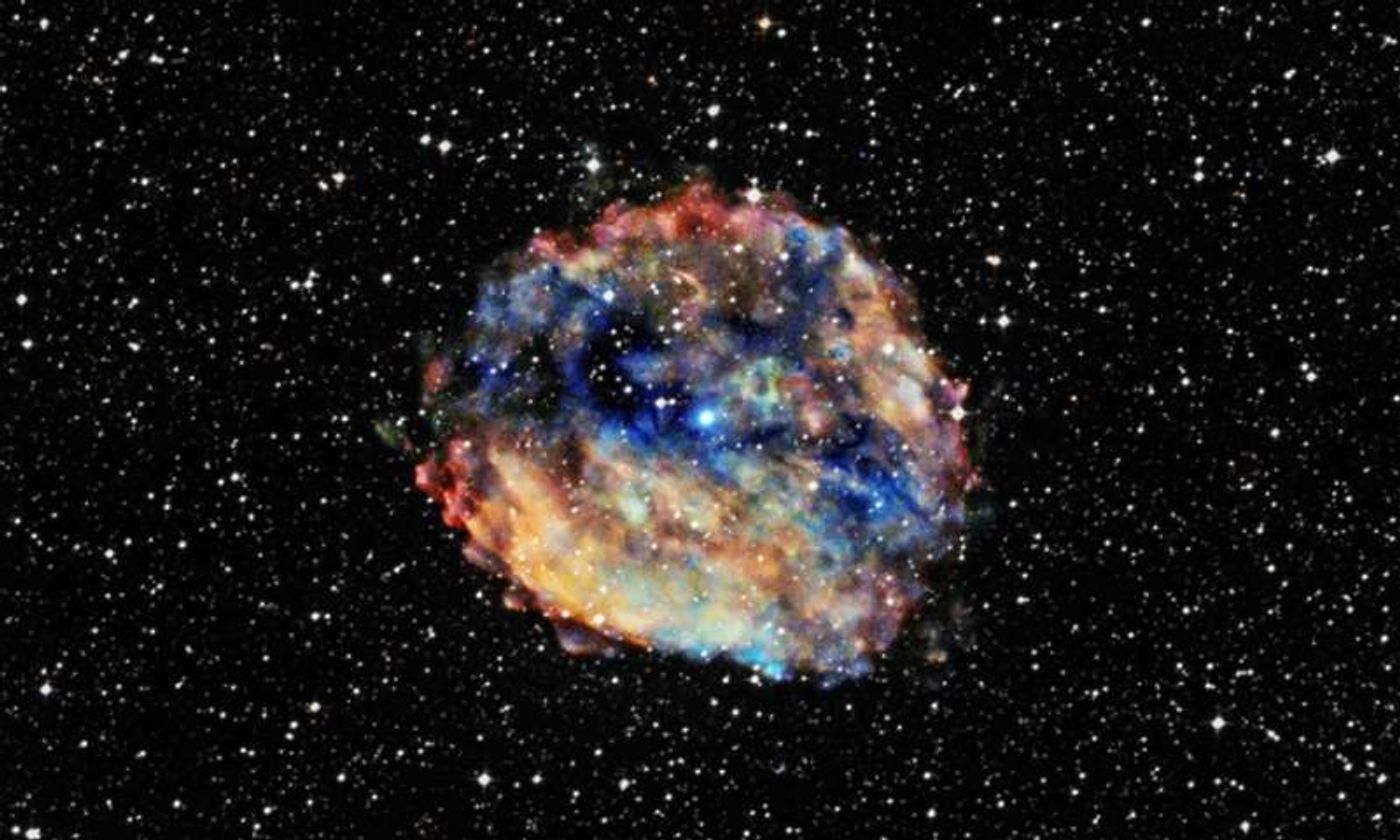Is This the Slowest Pulsar We've Ever Observed?
Astronomers are now very interested in what could be one of the slowest pulsars ever discovered, reportedly spinning thousands of times longer than other pulsars on record, it was found to rotate once every 6.67 hours, which is far slower than most slow-rotating pulsars by a long shot.

Image Credit: X-ray: NASA/CXC/University of Amsterdam/N.Rea et al; Optical: DSS
Pulsars are highly-magnetized neutron stars, which are typically the dense remnants of a supernova explosion when a star has reached the end of its life. Their magnetic footprint is many times more powerful than that of stars like our Sun, so they leave quite a distinct footprint that astronomers can chase down.
Located around 9,000 light years away from Earth, this super slow pulsar, dubbed 1E 161348-5055, can be found at the center of supernova remnant RCW 103. When it was discovered, scientists didn’t really understand what they were looking at until they observed the gigantic magnetic pulse that only a pulsar could give off.
The big mystery is what made it spin so slowly? Typically, pulsars spin fast because of the vast amounts of energy that are released during a supernova, but it takes a really long time to lose enough energy to slow down that spin, and the extremely slow pulsar scientists are observing is estimated to be very young at just 2,000 years old.
With that being said, it really makes no sense why this pulsar is rotating so slowly. At this young of an age, it should be rotating very quickly. Something must have happened out of the ordinary to make this happen.
One theory, published in The Astronomical Journal Letters by University of Amsterdam’s Nanda Rea and her colleagues, suggests that some fallback from the supernova explosion may have actually messed around with the pulsar’s magnetic field and spin rate. If true, this means gravity sucked all that matter back up and caused it to slam into the pulsar, slowing it down over time.
Rea and her team had help from NASA’s Chandra X-ray Observatory and Nuclear Spectroscopic Telescope Array to come up with these theories, and because so little is known about the physics that may have caused this pulsar to slow down so much, this space-observing equipment will be spending even more time peering at 1E 1613 and its surroundings to learn more about it.
It's worth noting that a second research team led by Antonino D'Aì from the National Institute of Astrophysics came up with the same conclusion about 1E 1613 being a slow-spinning magnetar, and his research is available in a paper online, so it's definitely an odd-ball and there's much to learn about it.
Source: Phys.org








